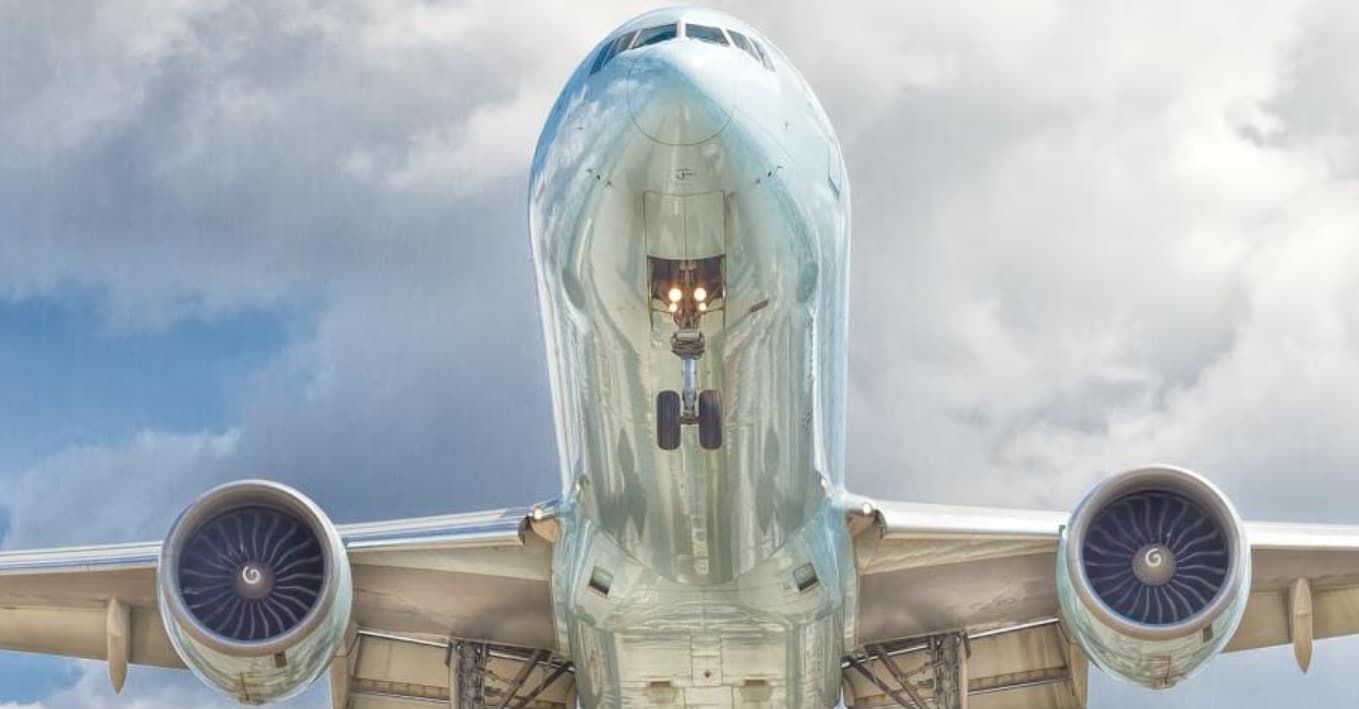Global passenger demand experienced a robust increase in January, according to the International Air Transport Association (IATA).
Total demand, measured in revenue passenger kilometres (RPK), rose by 10 per cent compared to January 2024, while capacity, measured in available seat kilometres (ASK), increased by 7.1 per cent year-on-year.
This led to an all-time high January load factor of 82.1 per cent, which represents a rise of 2.2 percentage points from the previous year.
In the international sector, demand surged by 12.4 per cent from the previous year, coupled with a capacity increase of 8.7 per cent.
These changes facilitated a record January load factor of 82.6 per cent, improving by 2.7 percentage points over January 2024.
Similarly, the domestic sector exhibited growth, with demand up by 6.1 per cent and capacity rising by 4.5 per cent, resulting in a record load factor of 81.2 per cent, an increase of 1.2 percentage points.
Willie Walsh, IATA’s Director General, highlighted the significant rise in demand, particularly in the Asia-Pacific region.
“We’ve seen a notable acceleration in demand this January, with a particularly strong performance by carriers based in the Asia-Pacific region,” he said.
He also pointed to ongoing challenges affecting the industry, adding, “The record high load factors that accompany this strong demand are yet another reminder of the persistent supply chain issues in the aerospace sector.”
Further linking the demand surge to traveller sentiment, Walsh noted, “The strong growth in demand aligns with the results of our latest passenger survey (November 2024), in which 94 per cent of travellers indicated that they planned to travel as much or more in the coming 12 months than they did in the past year.”
He went on to emphasise airlines’ ability to manage this demand efficiently, saying, “Airlines are doing a good job of accommodating growing demand amid fleet and infrastructure constraints with satisfaction levels above 95 per cent.”
Touching on passengers’ perception of value, he stated, “Nearly 80 per cent of travellers agree that air travel is good value for money.”
He also emphasised the importance of flexibility in pricing, explaining, “Choice is an important component of this satisfaction.”
He added that “some 70 per cent prefer to pay the lowest fare and customise the additional services they need”.
Walsh also stressed the role of regulators in recognising consumer preferences.
“It is important for regulators to clearly understand that the majority of travellers do not want to pay automatically for services they don’t need,” he said.
In the meantime, the international markets witnessed uniform growth, with the Asia-Pacific airlines leading with a significant 21.8 per cent increase in demand year-on-year.
This region also saw capacity rise by 16.5 per cent, pushing the load factor up to 86.7 per cent, a 3.8 percentage point increase.
European carriers also reported growth, with an 8.6 per cent rise in demand and a 6.2 per cent increase in capacity, which led to a load factor of 79.2 per cent, up by 1.8 percentage points.
The Middle East reflected a 9.6 per cent increase in demand with a 4.4 per cent rise in capacity, enhancing the load factor by 4.0 percentage points to 83.8 per cent.
Conversely, Latin American airlines, despite a 12.9 per cent increase in demand, saw a decrease in load factor due to a capacity increase of 15.5 per cent.
Meanwhile, African airlines saw a 14.9 per cent increase in demand with an 11.2 per cent rise in capacity, leading to an improved load factor.
Finally, domestic markets also demonstrated significant strength, particularly in India, Japan, and China, with China experiencing a 10 per cent increase in demand driven by high travel volumes during the Lunar New Year.







Click here to change your cookie preferences